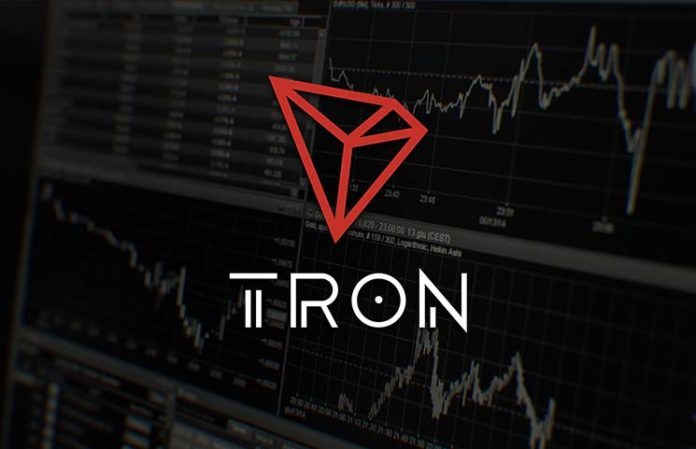Cryptocurrencies’ scalability issues have been well-documented, as it is a controversial subject. The problem is especially evident regarding Bitcoin: its network, which implements the Proof of Work (PoW) system, has a very low amount of processed transactions per second, at nearly eight. The average block creation time is 10 minutes, which severely limits the final throughput.
In comparison, Ethereum can process an approximate of 15 transactions per second, although it has been announced that the system will be scaled up to 500 transactions per second due to the implementation of the mass-transaction validator ZK-SNARK. Not long ago, an Australian blockchain performed 30,000 transactions per second in its latest test, so both are still behind.
Among the top cryptocurrency assets in the world, however, Tron is the one that has made the most strides in the recent past. The Tron (TRX) Network hit a record 1,200 transactions per second, which is 80 times faster than Ethereum (ETH.)
The exact date was June 27. That day, Tron’s CEO Justin Sun announced to the community that the proprietary blockchain clocked a new transaction rate of 1,200, trumping the platform from where Tron was forked from.
“Tron is 80 times faster than Ethereum. With 14 years of experience, @bittorrent is providing world-class service to 100 million users in 138 countries. Add the two together, and you get the largest and most advanced peer-to-peer network in the world! #tronbt $trx” was Sun’s tweet at the time. Having a higher TPS rate provides a competitive advantage to Tron over most of its closest competitors – including Ethereum -, especially regarding scalability in the medium and long-term.
On July, Sun praised the potential of Tron’s $140 million acquisition of BitTorrent in a tweet and referred to the company as the planet’s most significant decentralized ecosystem. BitTorrent owns and operates the torrent client µTorrent, which has more than 100 million active users and runs up to 40% of the world’s daily internet traffic.
How Does Tron Beat Ethereum? The Details
The Tron ecosystem can consistently beat Ethereum’s TPS rates of 15-25 because it implements an adjusted delegated Proof-of-Stake (DPOS) consensus mechanism named TPOS. Some of Tron’s super-representatives are chosen to decide on critical matters, such as governance and structure, with one of them serving as a key node on the protocol.
That node can validate transactions, build new blocks on the network and compete for block rewards, among other things. On most blockchain-powered projects, having a smaller number of nodes means that transactions are confirmed quicker, which results in a higher throughput.
The Ethereum system’s modus-operandi involves a consensus mechanism that surpasses 13,000 active nodes, an inconvenient scenario that results in a low TPS rate and is especially susceptible to congestion, just as it happens with Bitcoin.
It is not out of the question that Tron reaches 10,000 TPS in the Q4, a period in which they will commit to cross-chain communication and privacy protection. Nearly six months ago, when Tron’s MainNet was launched, the potential of reaching that kind of throughput was discussed as a real possibility.




